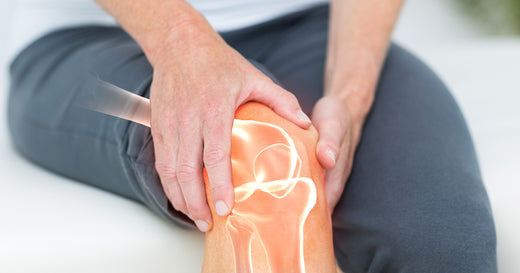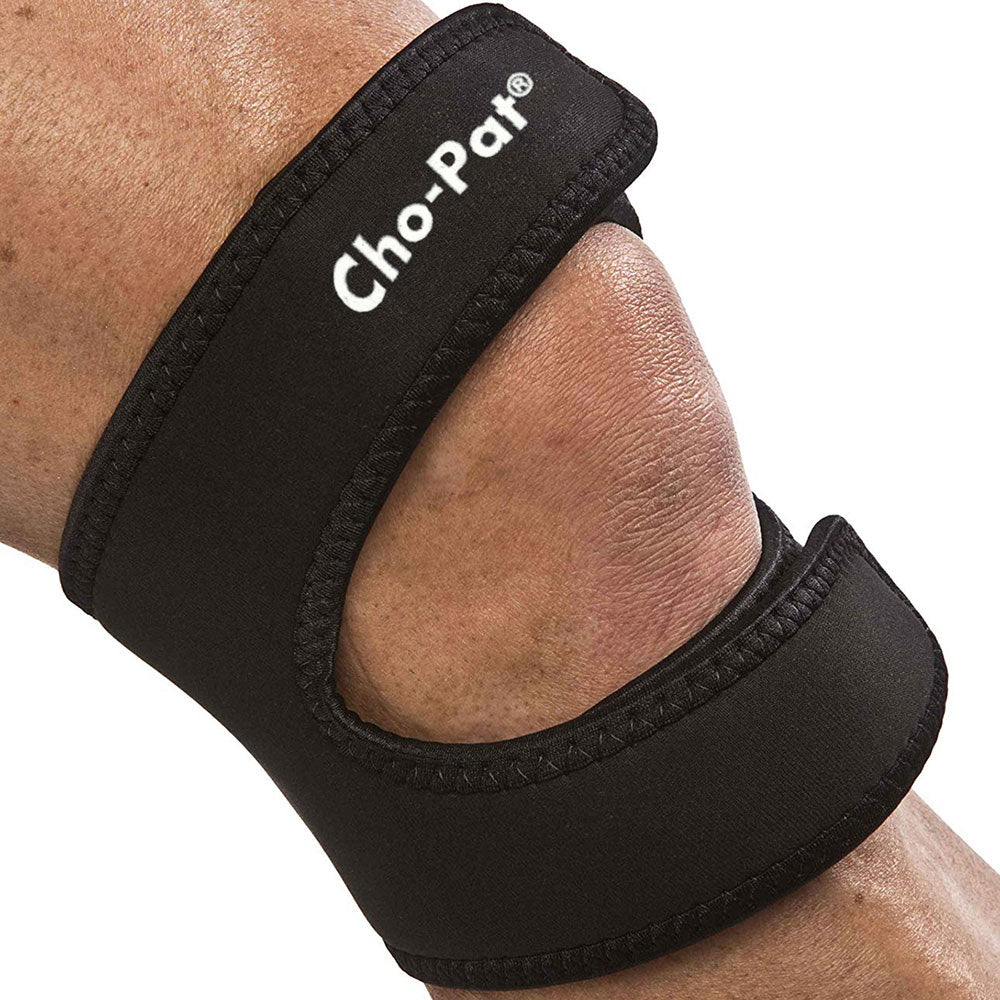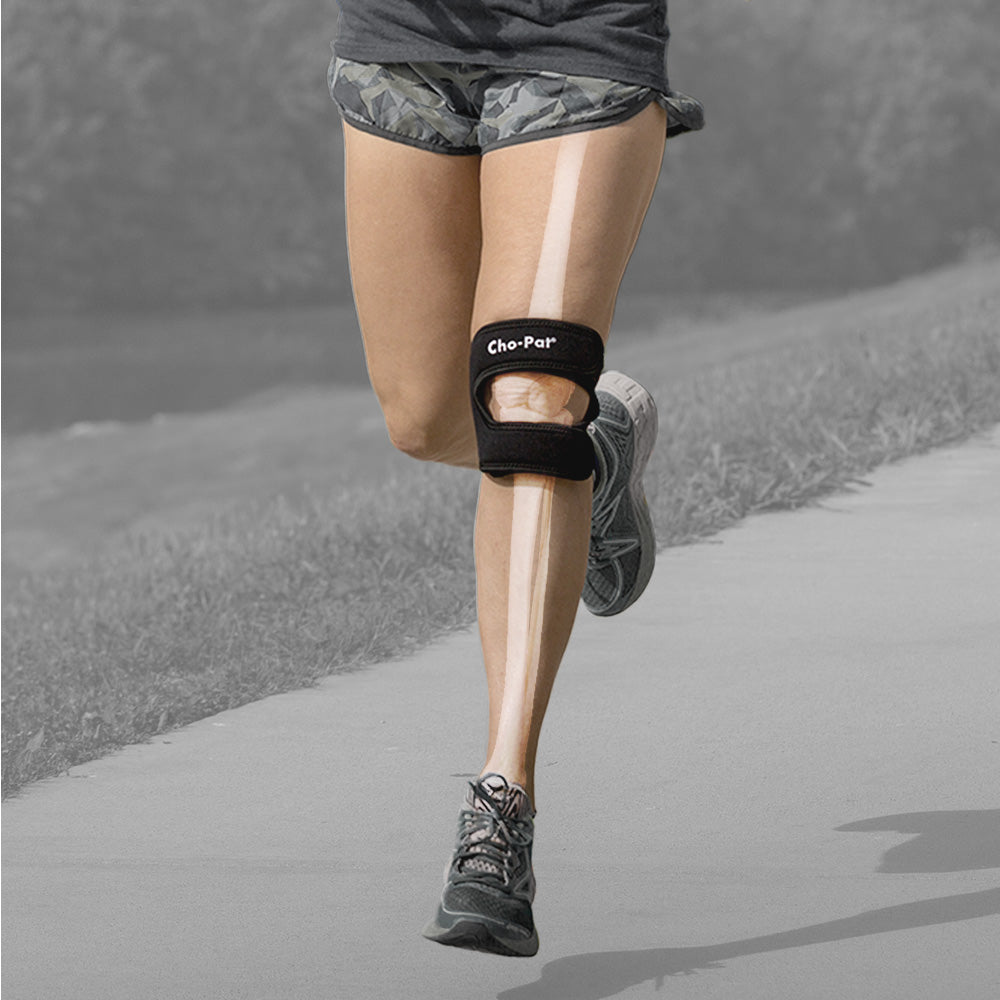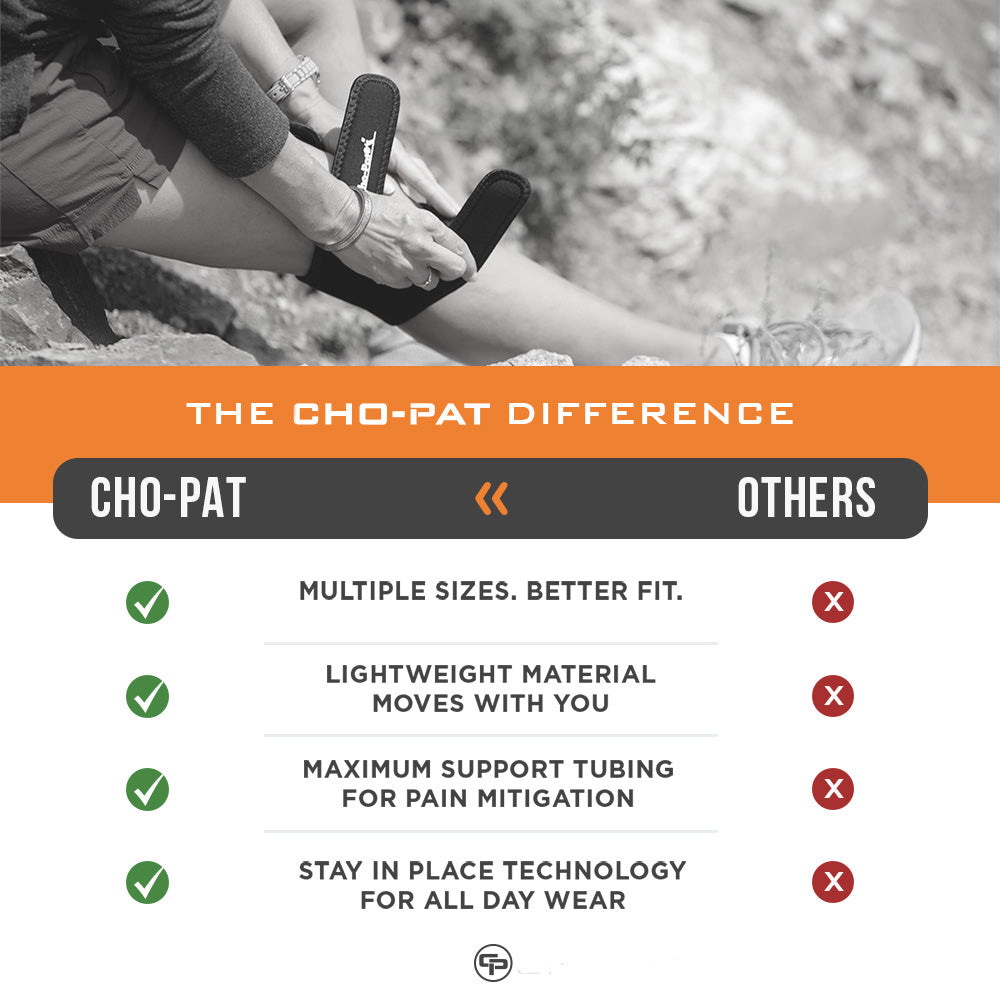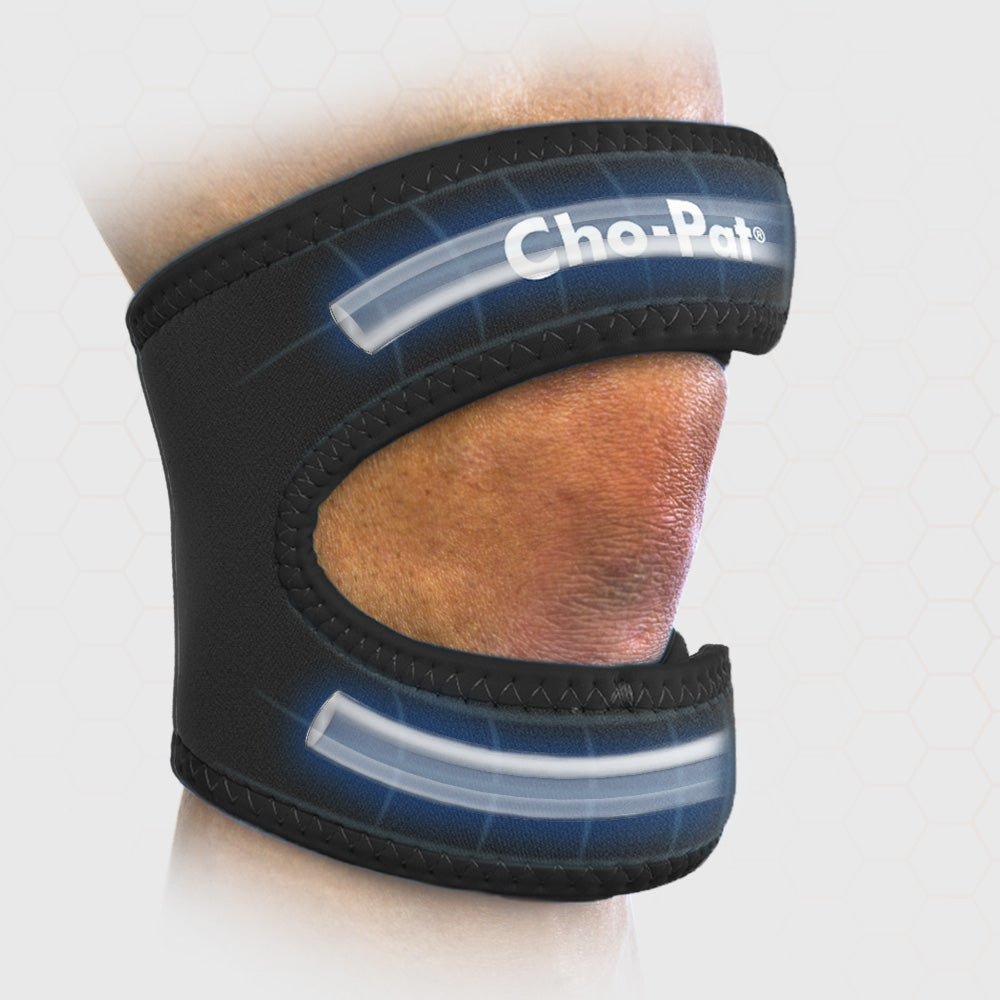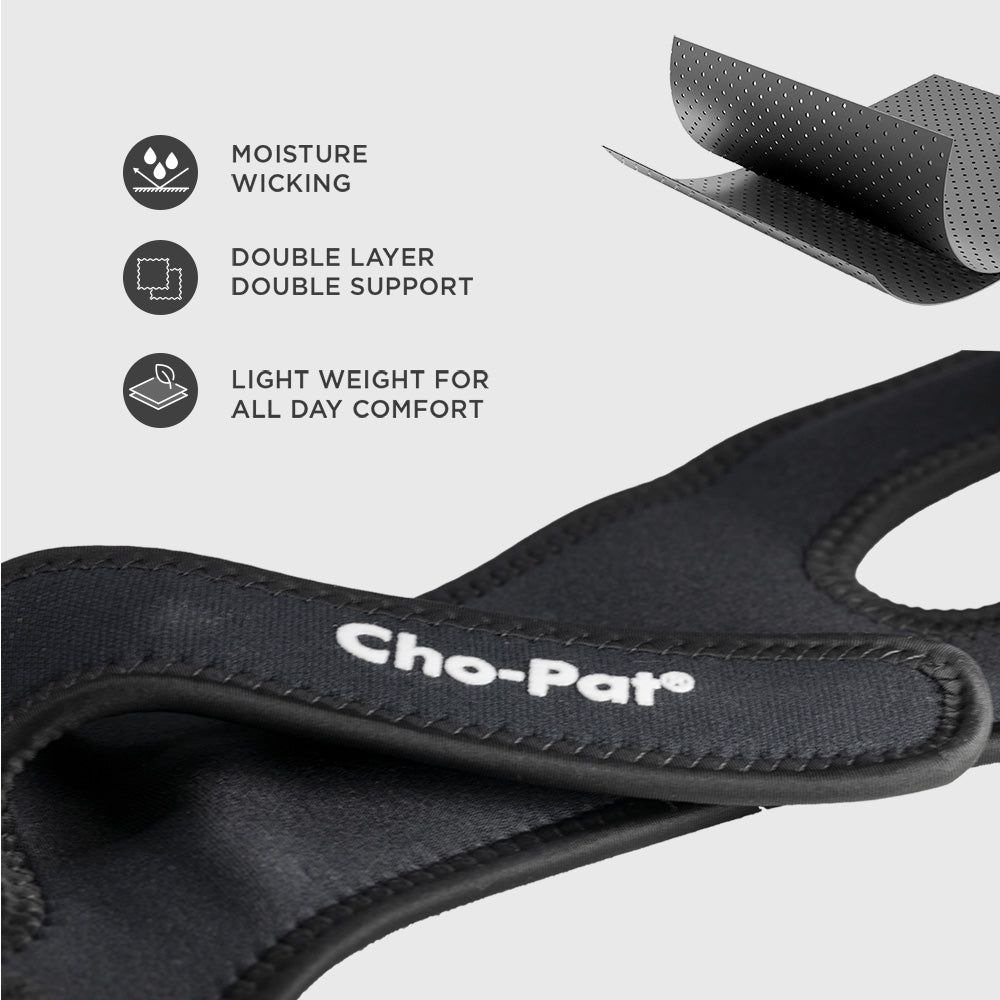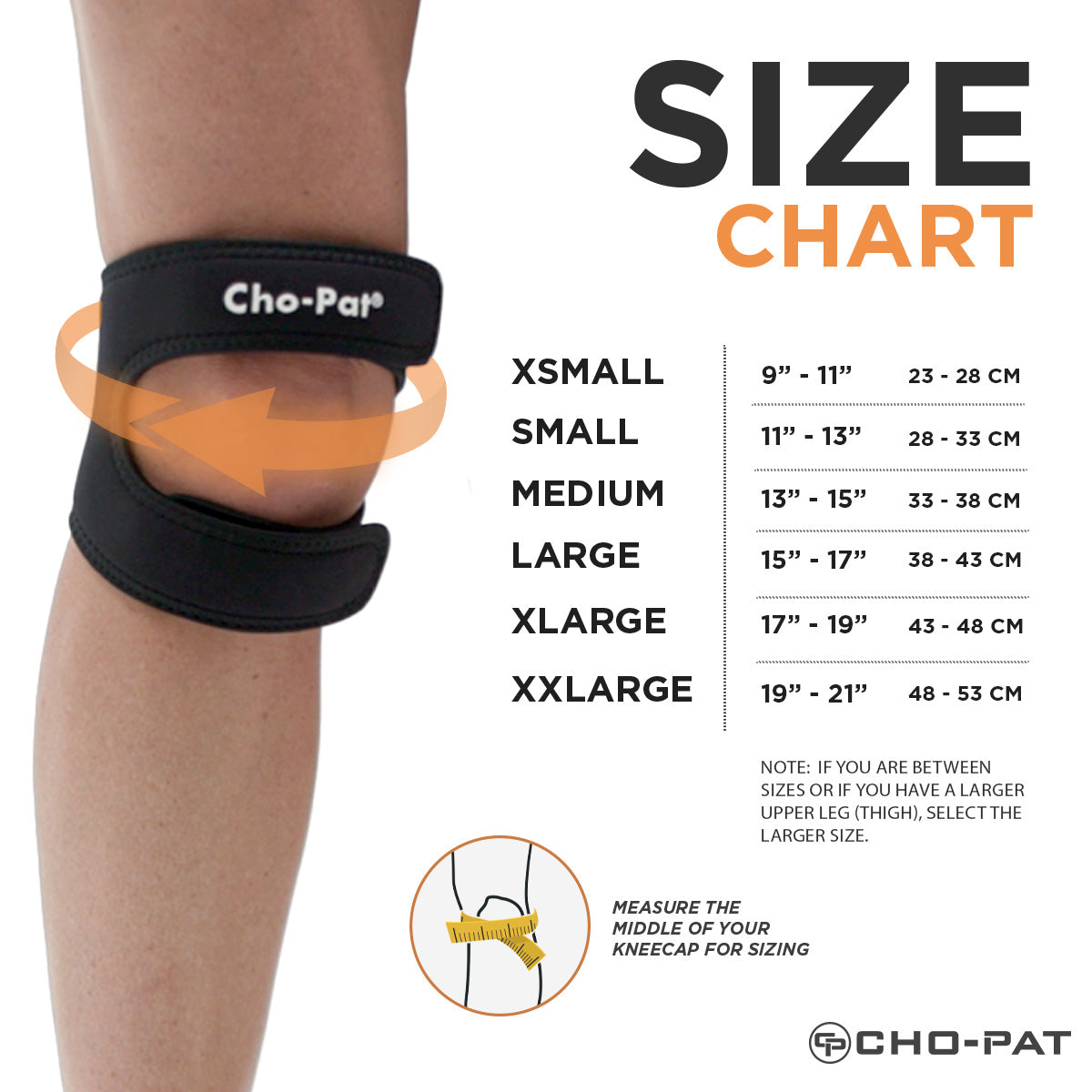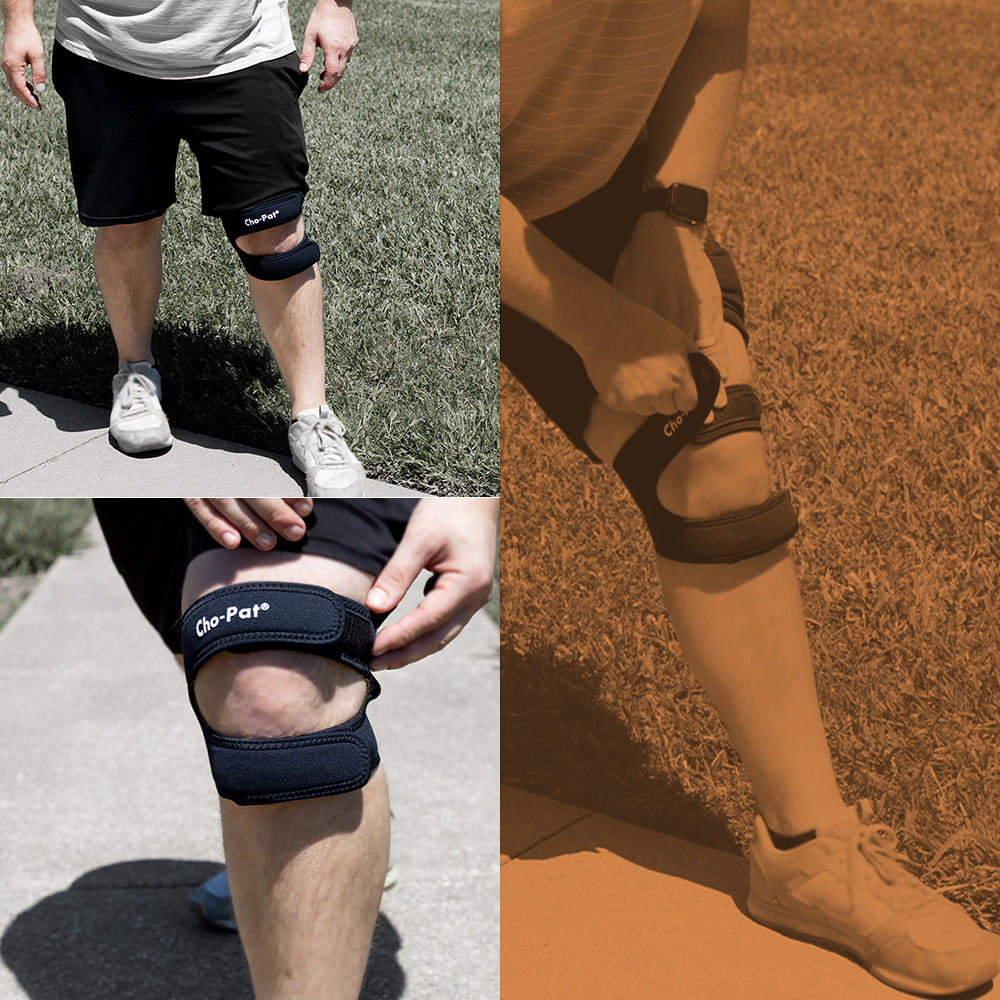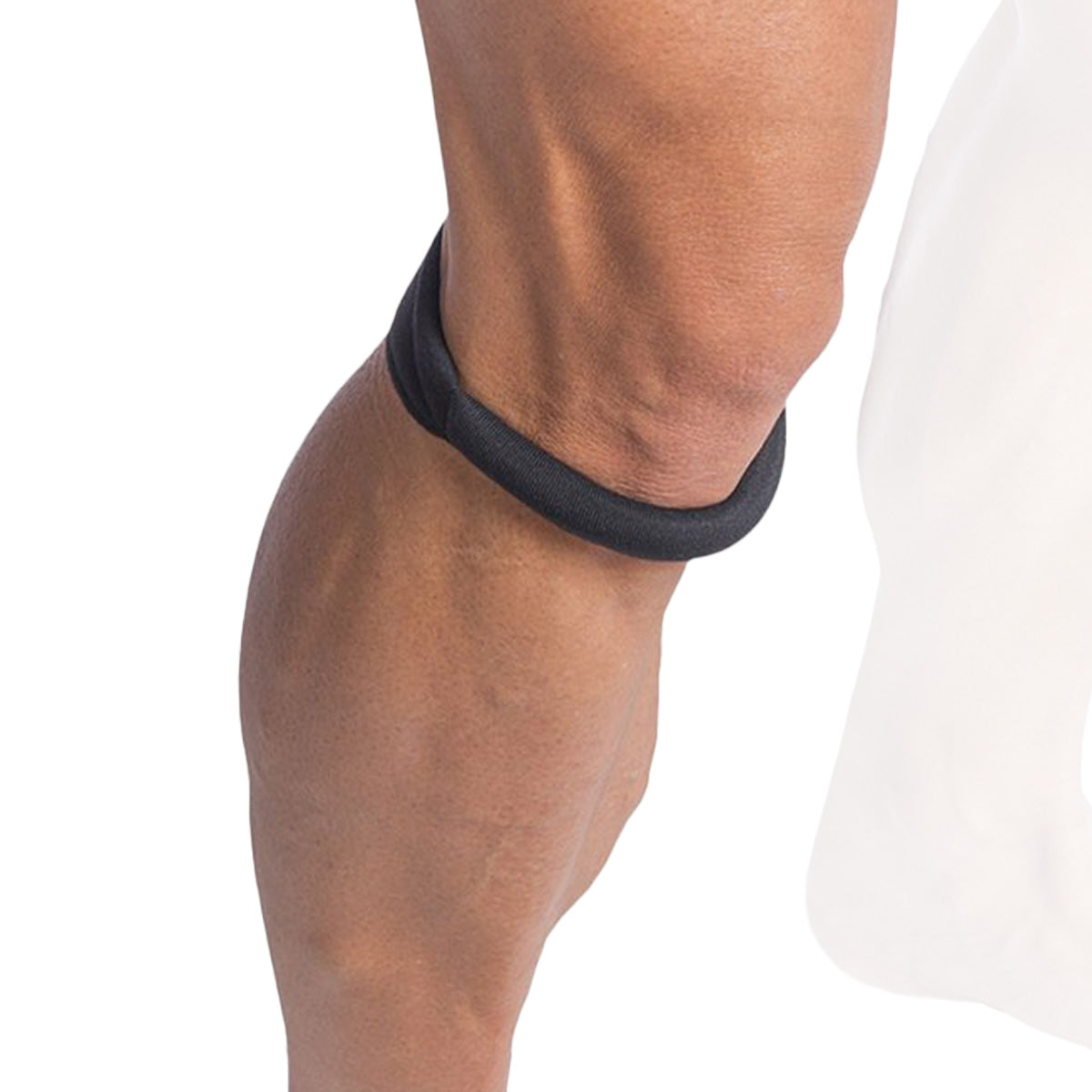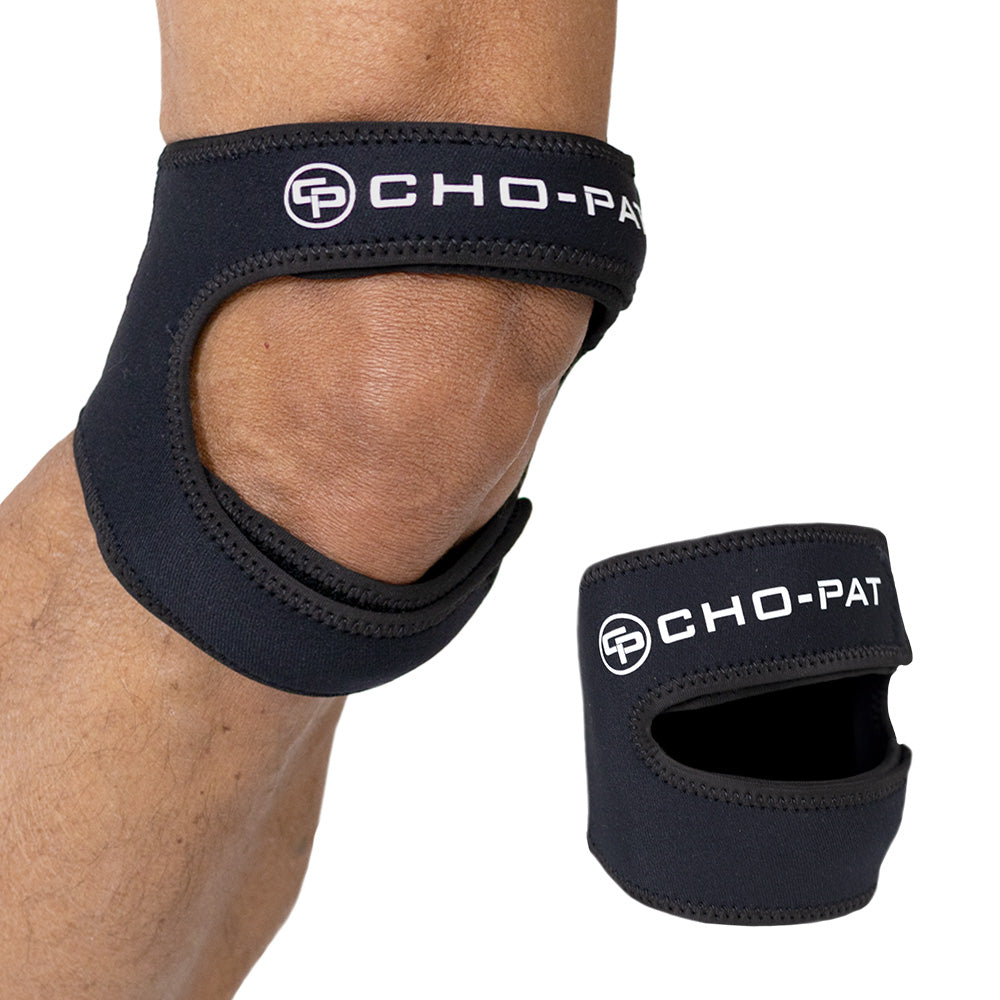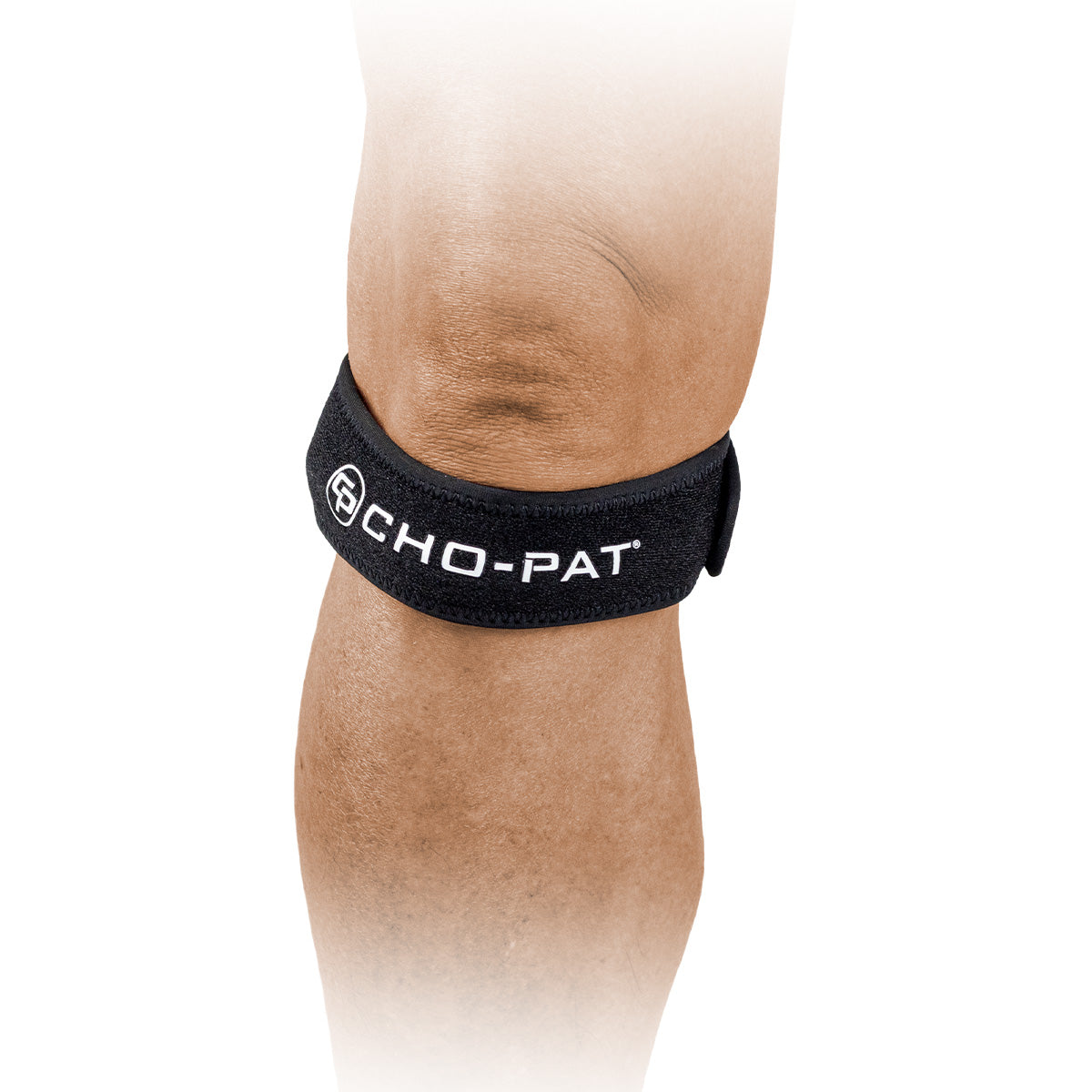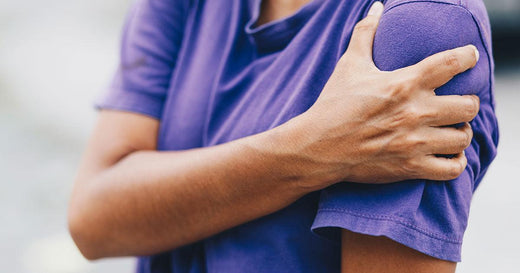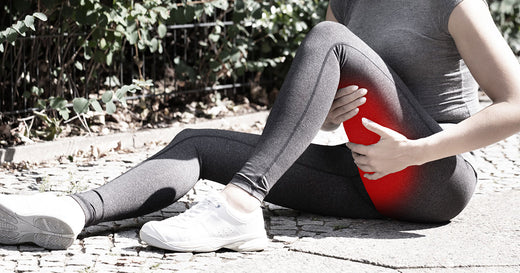Dealing with knee pain is a frequent challenge for many individuals, often resulting from injury, repetitive strain, or underlying health issues like arthritis. Discovering beneficial exercises for knee pain that can be performed at home is crucial for reducing discomfort, enhancing flexibility, and fortifying the muscles that provide support to the knee joint.
In order to really relieve pain, increase mobility and flexibility, and treat knee pain, it is essential to perform some knee pain exercises on a regular basis. Some knee pain conditions will allow for more rigorous knee pain exercises, while other conditions may require a mild routine. Here are some home exercises for knee pain, highlighting ways to optimize these exercises using ProStretch® Plus and StretchRite® by Medi-Dyne.
In order to strengthen and improve mobility in the knees, it will be essential for someone with weak knees to participate in some exercises and knee stretches. Often times individuals become discouraged when they experience pain, but the truth is that with proper exercises for weak knees, they can begin to enjoy all the activities they have always enjoyed.
Table of contents:
- Why Focus on Knee Pain Exercises
- Knee Pain Exercises to Relieve Discomfort
- How to Prevent Knee Pain?
Why Focus on Knee Pain Exercises?
Exercises for knee pain are essential for individuals seeking relief from discomfort, particularly individuals experiencing mild knee pain. Enhancing and elongating the muscles surrounding the knee joint assists in enhancing stability, alleviating tension, and fostering overall knee well-being. By integrating these exercises into your regular practice, you can tackle the fundamental sources of knee pain and experience a more active, pain-free life.
The important thing about knee pain stretches and exercises is that you wear the proper support while you are moving, and even while you rest. Some of the products that provide support to the knee during knee pain exercises and stretches include Cho-Pat® products such as the Dual Action Knee Strap and the Original Knee Strap.
In addition, using shoe insoles such as Tuli’s® Gaitors® 3/4 Length Arch Support Insoles and Tuli's® Heavy Duty Heel Cups are able to provide proper alignment during knee stretches, and they are also another great tool for how to prevent knees.
Knee Pain Exercises to Relieve Discomfort
The following are some knee stretching exercises recommended by Medi-Dyne:
Quadriceps Stretch
The quadriceps play a critical role in knee function, making them a target for knee pain exercises. Stretching these muscles can alleviate knee pain and improve flexibility, especially for those with knees.
- Position yourself with your feet separated at the width of your hips and utilize a chair or wall for stability.
- Curve your right knee, drawing your heel close to your rear.
- Clasp your right ankle with your right hand and softly draw it closer to body.
- Hold the stretch position for 20-30 seconds, then switch to the opposite leg.
Enhance stretch with StretchRite:
The StretchRite tool is perfect for enhancing your quadriceps stretch. Its adjustable handles allow for a deeper, more controlled stretch, making it one of the best tools for knee pain exercises.
Hamstring Stretch:
Tight hamstrings can exacerbate knee pain. This stretch helps maintain flexibility in the back of your thigh, reducing strain on the knee joint.
- Lie down on your back with one leg straight and extended on the floor.
- Lift the other leg towards the ceiling, keeping it as straight as possible.
- Grab the back of your thigh or calf, gently pulling the leg closer to you.
- Hold the stretch position for 20-30 seconds, then switch legs.
Enhance stretch with StretchRite:
The StretchRite can assist in achieving a deeper hamstring stretch, providing better results for those focusing on knee pain exercises at home.
Calf Stretch:
Tightness in the calf muscles may lead to knee discomfort, particularly in people with less resilient knees. By stretching your calf muscles, you can relieve this tension and improve the performance of your knees.
- Face a wall with your hands placed on it at shoulder height.
- Step one foot back, keeping the heel on the ground and the leg straight.
- Bend the front knee and lean into the wall until you feel a stretch in your back calf.
- Hold for 20-30 seconds, then switch legs.
Enhance stretch with ProStretch Plus
The ProStretch Plus offers a dynamic and targeted calf stretch. The calf muscles being tight can result in additional stress on the knees and lead to discomfort behind the knee. When the calf muscles are stretched, it can alleviate tension in the area where the muscle connects to the tendon, potentially decreasing discomfort and restricting knee movement.
Stretch hamstring, surrounding muscles and tendons
- Insert one foot properly into the ProStretch Plus. With the opposite foot, step backwards with one large step.
- Point the heel in the ProStretch Plus toward the floor and keep it there, bending the knee slightly.
- Carefully lean the chest forward. Straighten the knee as you go.
- Hold for 30 seconds, roll foot to neutral position, and repeat.
Heel and Calf Raises:
Strengthening the muscles located around the knee is essential for reducing knee pain. Heel and calf raises are simple yet effective knee pain exercises that can be done anywhere.
- Stand with your feet shoulder-width apart. Slowly lift your heels off the ground.
- Hold for a few seconds, then lower your heels back down.
- Repeat for 10-15 repetitions.
Enhance stretch using ProStretch Plus
Performing these raises on the ProStretch Plus increases the range of motion, making this one of the most effective knee pain exercises for strengthening and stabilizing the knee joint.
Knee Extensions: Targeted Exercises for Knee Pain
Knee extensions are a staple in any knee pain exercise routine. They target the quadriceps, helping to strengthen the muscles that support the knee, which is especially beneficial for those dealing with knee pain.
- Sit on a chair and maintain your feet flat on the ground.
- Slowly extend one leg out in front of you, straightening the knee as much as possible.
- Hold position for a few seconds, then lower your leg back down.
- Repeat for 10-15 repetitions, then switch legs.
Enhance stretch using StretchRite
The StretchRite can add resistance to your knee extensions, making these knee pain exercises even more effective in strengthening your quadriceps.
How to Prevent Knee Pain?
Knowing how to prevent knee pain can ultimately keep you out of pain. While some causes of knee pain will not be affected by you knowing how to prevent knee pain, there are many conditions that you can literally avoid if you know what to do. To prevent knee pain:
- Perfect your technique - If you participate in sports that cause overuse to the knee, perfect your technique so that you don’t put unnecessary strain on the area.
- Ice - Sometimes all you need is a little ice on the knee. If you begin to feel even a small amount of pain, stop doing what you’re doing, sit down, and ice the knee.
- Warm up - Before and after any physical activities involving the knee, participate in a warm up routine to ensure that the muscles, tendons, and ligaments are agile and ready to work properly.
Conclusion
By incorporating these knee pain exercises into your daily stretching routine, you can significantly reduce discomfort and improve your knee health. Tools like the ProStretch Plus and StretchRite by Medi-Dyne are excellent additions to enhance these exercises, offering deeper stretches and better results. Combine this with our weak knee strengthening routine for better stability. Whether you're dealing with general knee pain or knee pain, these exercises and tools can help you improve mobility and enjoy a more active lifestyle.
PLEASE NOTE: The information on this website and article is for information only and should not be used as a substitute for consulting your doctor. Consult your doctor for proper diagnosis and rehabilitation.




